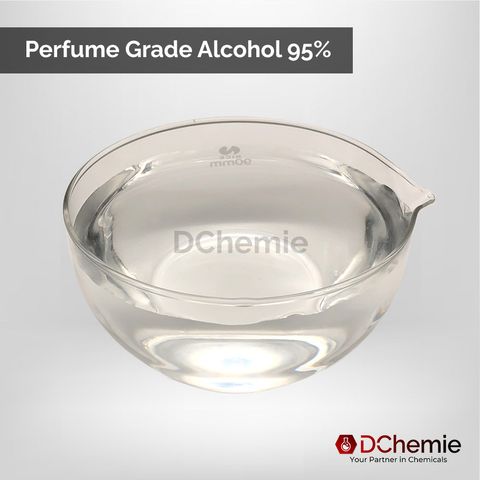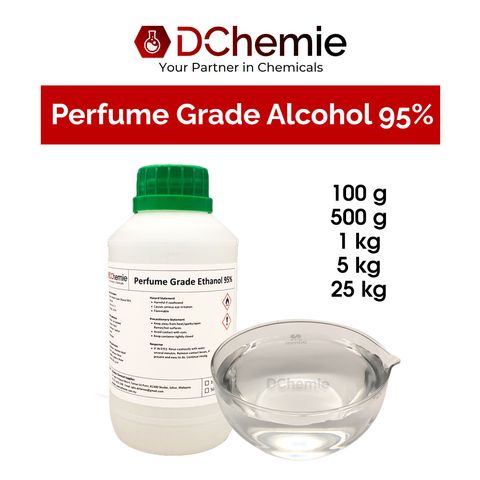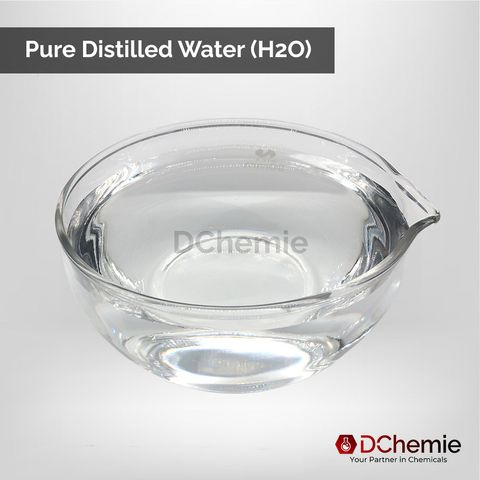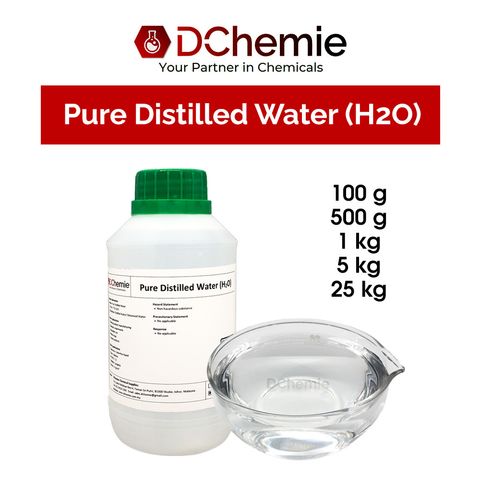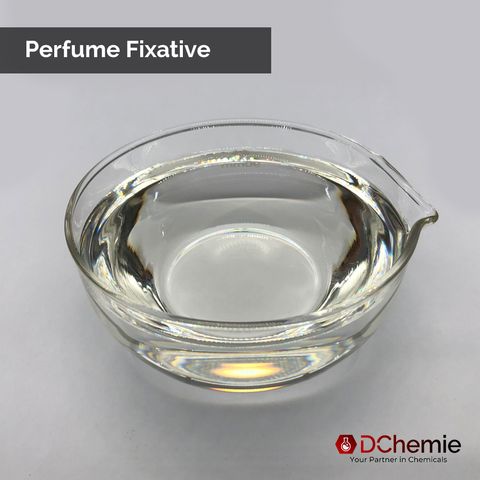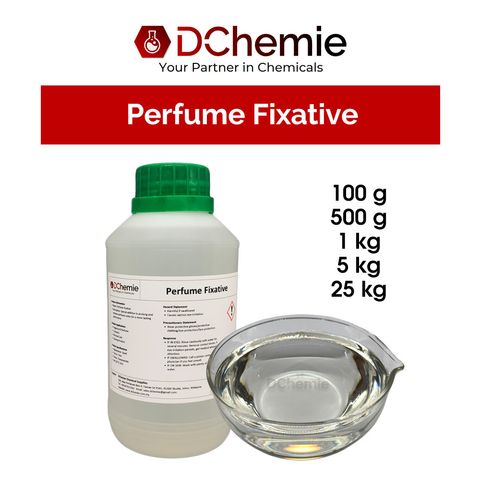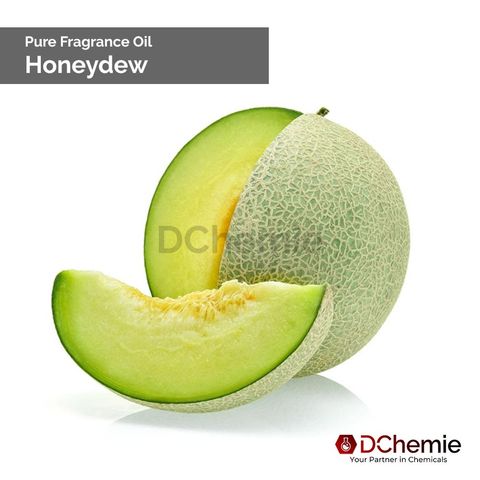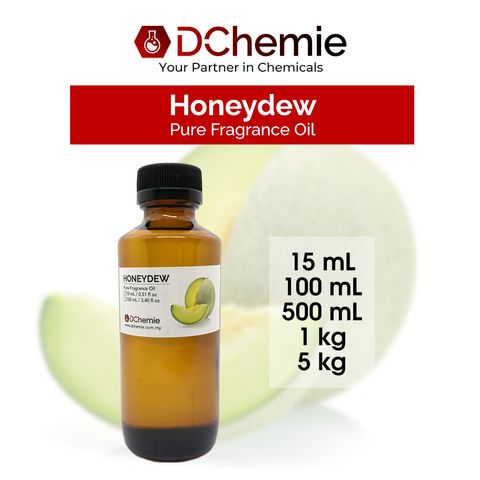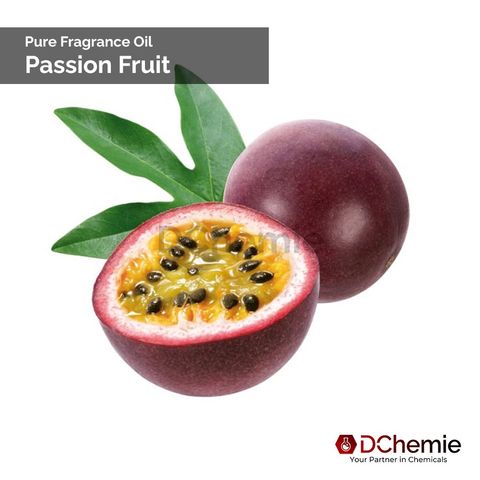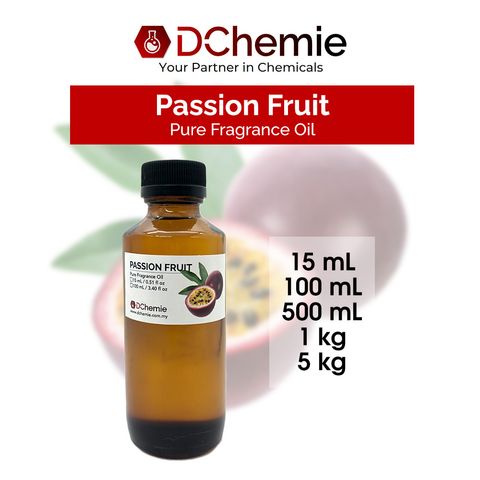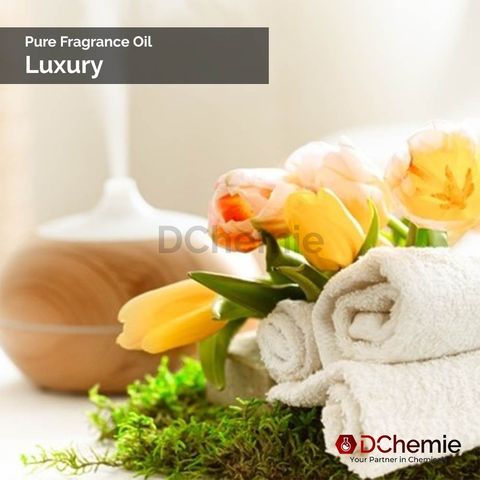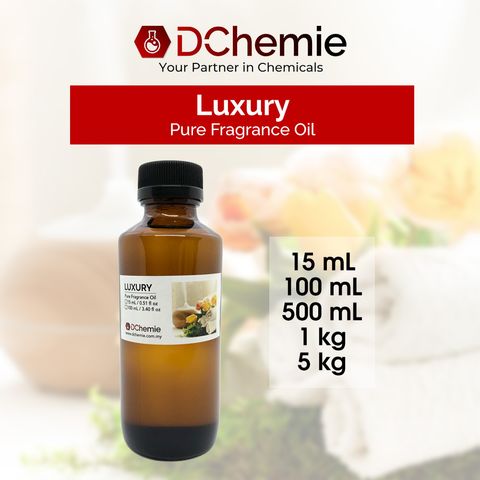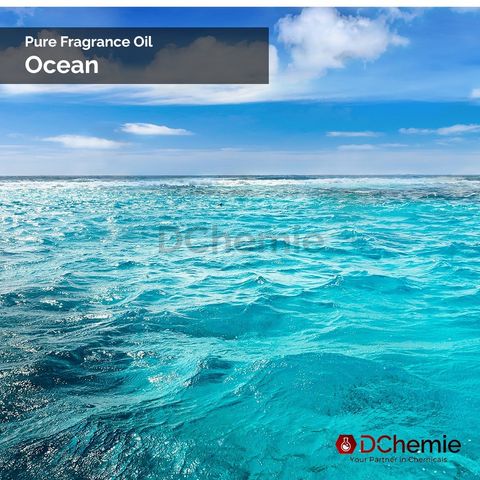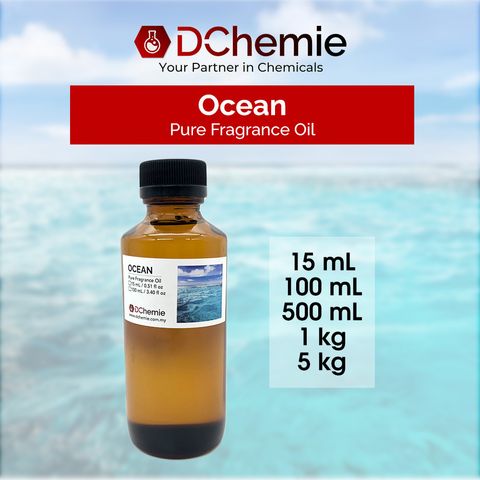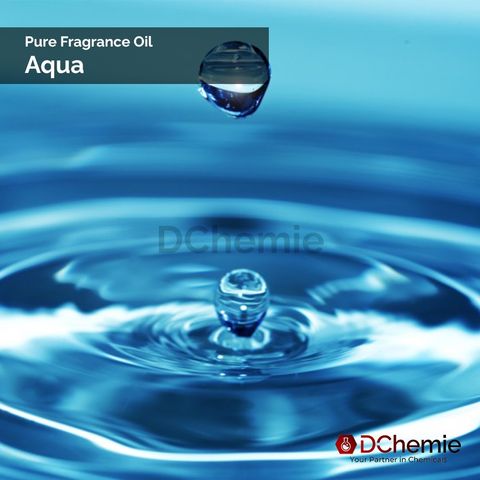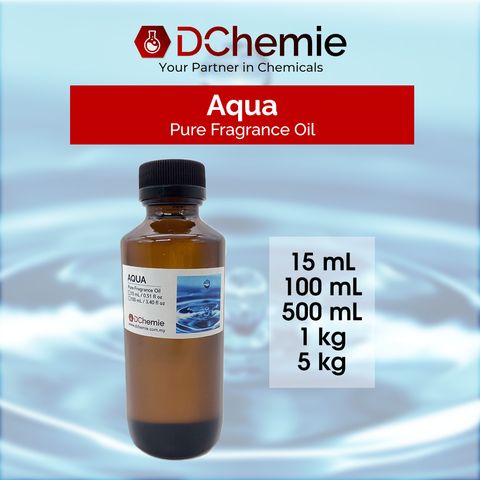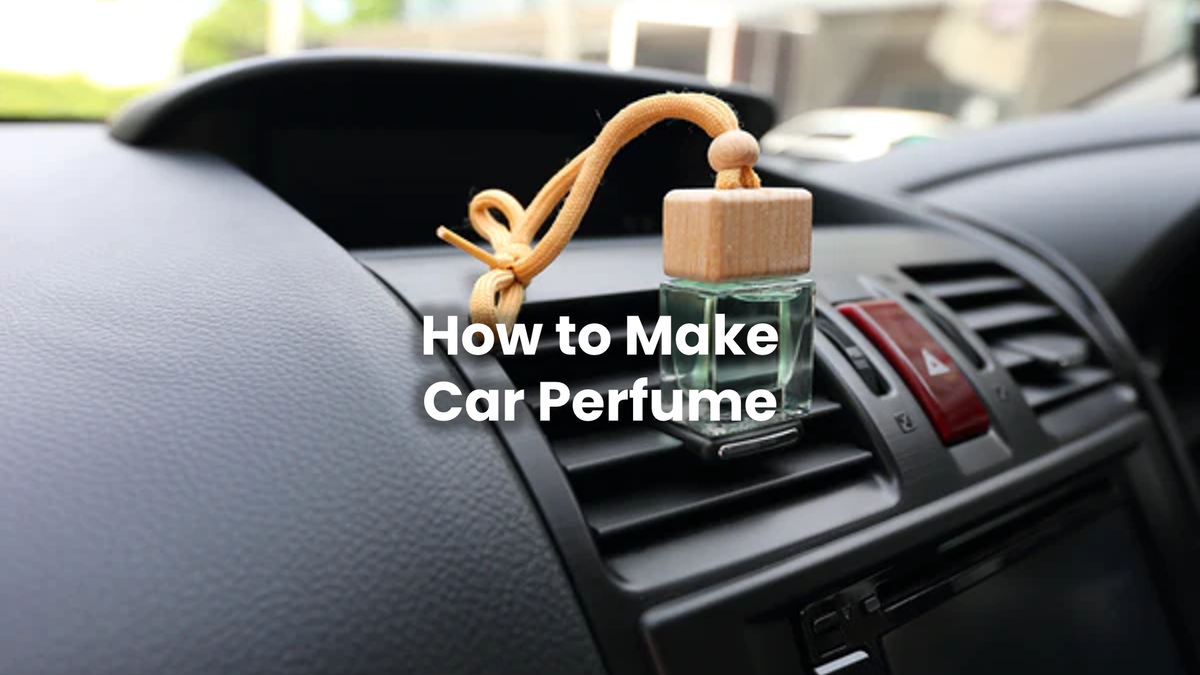
Car perfume is a versatile and effective product for freshening up your vehicle's interior. Crafting your own car perfume not only allows for customization but also gives you control over the ingredients used. This guide offers an in-depth explanation of the ingredients, formulation, and step-by-step process required to create high-quality liquid car perfume.
What is Car Perfume?
Car perfume is a fragrance solution designed to emit a pleasant aroma inside vehicles. It typically consists of a balanced mixture of fragrance oils, solvents, and other additives, ensuring long-lasting and enjoyable scents.
Why Make Car Perfume?
- Customization: Create unique scents tailored to your preferences.
- Cost Efficiency: Save money compared to purchasing commercial products.
- Eco-Friendly: Control the ingredients to ensure they are safe and environmentally friendly.
Key Ingredients for Car Perfume
Creating liquid car perfume requires a careful selection of ingredients to achieve a high-quality, long-lasting product. Each component has a specific role, ensuring the perfume’s effectiveness and stability.
1. Fragrance Oils (10–20%)
Fragrance oils are the primary aromatic component. Choose high-quality, oil-soluble fragrances specifically designed for use in perfumes. You can choose from floral scents like jasmine and rose to refreshing fruity scents like lemon and apple.
- Blending Tip: You can mix multiple fragrance oils to create a unique, layered scent profile. For example, combine lavender and vanilla for a calming effect or mint and citrus for a refreshing aroma.
- Caution: Avoid overloading the mixture with fragrance oil, as this can lead to overpowering scents or instability in the formulation.
2. Solvent (60–75%)
The solvent is crucial for dissolving and evenly dispersing the fragrance oil. Ethanol alcohol is commonly used due to their effectiveness and availability. The solvent also acts as a carrier, aiding in the diffusion of the fragrance into the air.
- Important Note: Ensure that the solvent is pure and free from impurities, as contaminants can affect the quality of the final product.
3. Distilled Water (5–10%)
Distilled water is used to dilute the solution and reduce the overall alcohol concentration. It helps balance the formulation, ensuring the perfume isn’t too harsh or overly concentrated.
- Don’t Use Tap Water: Unlike tap water, distilled water lacks minerals that could react with other ingredients, ensuring a stable and clear solution.
4. Fixative (1–5%)
A fixative stabilizes the fragrance, ensuring it lasts longer. It slows the evaporation rate of the perfume, maintaining the scent for extended periods. High quality fixative can be obtained from DChemie.
- Usage Tip: The fixative concentration depends on the volatility of the fragrance oils used. For highly volatile oils, a higher fixative concentration may be needed.
5. Optional Additives (0–5%)
- Colorants: Add desired colorants to enhance visual of the car perfume.
- Preservative: You can add some preservative to prevent microbes contamination.
Formulation Example for Car Perfume

The following percentages can serve as a general guideline:
- Fragrance Oil: 10–20%
- Ethanol Alcohol: 60–75%
- Deionized Water: 5–10%
- Fixative: 1–5%
- Optional Additives: 0–5%
Key Consideration: The total must always equal 100%. Adjust the percentages based on the desired strength and evaporation rate of your perfume.
Step-by-Step Process to Make Liquid Car Perfume
- Prepare Your Workspace:
- Ensure a clean, ventilated, and organized workspace.
- Use clean glass containers to prevent contamination.
- Measure and Mix the Solvent:
- Measure the ethanol based on your desired percentage.
- Pour it into a glass container as the base for your formulation.
- Add the Fragrance Oil:
- Gradually add the fragrance oil to the solvent.
- Stir gently but thoroughly to ensure the oil fully dissolves.
- Add the Fixative:
- Mix in the fixative to stabilize the fragrance and prolong its aroma.
- Stir until the solution is homogeneous.
- Dilute with Deionized Water:
- Slowly add the deionized water while stirring to avoid separation.
- Optional: Add Colorants or Other Additives:
- Include some colorant for visual purposes, if desired.
- Ensure the additives are compatible with your base formulation.
- Bottle the Perfume:
- Pour the final mixture into airtight bottles using a funnel.
- Secure the lids tightly to prevent evaporation.
- Cure the Perfume:
- Allow the perfume to cure in a cool, dark place for 24–48 hours. This ensures the ingredients blend harmoniously and the fragrance achieves its full potential.
Tips for Customization and Experimentation
- Experiment with Scents: Blend multiple fragrance oils to create unique combinations.
- Adjust Alcohol Levels: Higher alcohol content results in faster evaporation, while lower levels provide a more lasting scent.
- Test in Small Batches: Before scaling up, test small amounts to ensure the formulation meets your expectations.
Safety and Handling Considerations
- Work in a well-ventilated area, especially when handling ethanol or other volatile ingredients.
- Avoid using flammable materials near open flames.
- Label all containers clearly to prevent accidental misuse.
Conclusion
Making your own car perfume is a fun and creative process. By understanding the ingredients and following the steps in this guide, you can easily create a high-quality product that suits your preferences. Experiment with different scents and formulations to find the perfect fragrance for your car, and enjoy the fresh, personalized aroma every time you drive.

